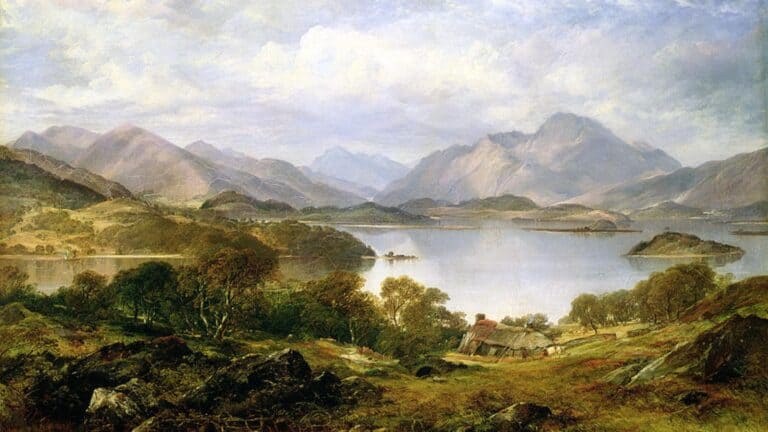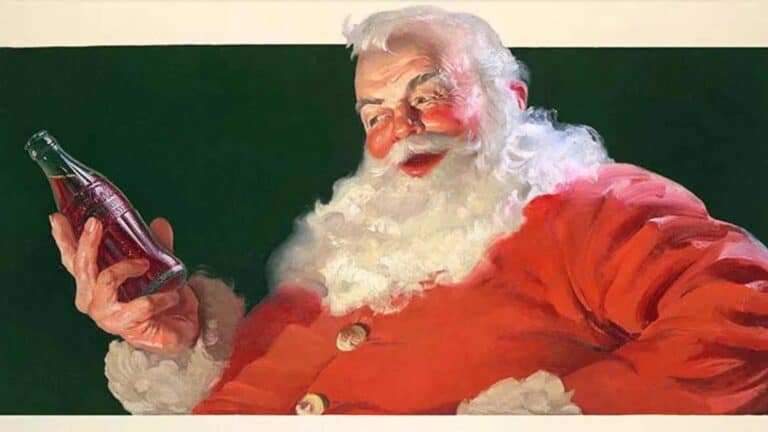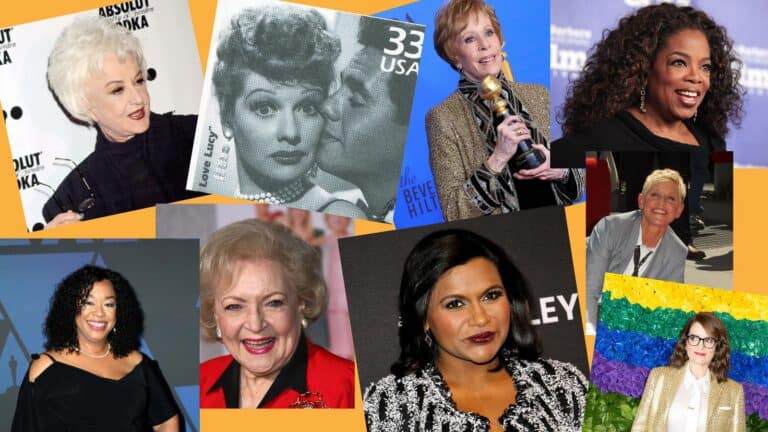Celebrating the Unsung Women Who Shaped New York’s Modernity
In the annals of New York City’s history, a group of pioneering women quietly, yet profoundly, reshaped the cultural and artistic landscape of the early 20th century. Despite their remarkable contributions, these visionary women have often been relegated to the footnotes of history. A recently published book Radicals and Rogues: The Women Who Made New York Modern by Lottie Whalen works hard to correct that.

Embracing Change: A Restless Energy
New York City, now synonymous with cultural vibrancy, was not always the bustling hub of creativity it is today. The city’s transformation in the early decades of the 20th century can be attributed to a fearless cohort of women who dared to challenge societal norms creatively and socially. As artists, writers, salon hosts, and patrons, they embraced new forms of living, loving, and creating.
In an era of radical ideas sweeping across the United States and Europe, these women were at the forefront, advocating for more rights and envisioning new ways of life. They refused to follow the traditional paths set by their mothers and aspired to be active participants in all aspects of life.
A Confluence of Art and Culture
This transformative period coincided with a growing awareness of the possibilities of art, catalyzed by the groundbreaking Armory Show of 1913. This exhibition introduced modern art to an initially bewildered American audience. While New York was technologically advanced and industrially vibrant, its art and culture scene lagged behind Europe.
The absence of a structured infrastructure for nurturing young artists, akin to the salons in Paris, left New York’s creative scene in the shadows. When historians chronicled the era, the contributions of these extraordinary women were often overshadowed by their male counterparts.
Women Powering the Arts
The 1910 Armory Show, a pivotal moment in art history, was not just a male-driven affair. Women were crucial in organizing and funding the show, although their efforts have often gone unnoticed. Wealthy socialites like Gertrude Vanderbilt Whitney and Lillie Bliss were prominent supporters, but many less affluent women contributed $5 donations, further highlighting their commitment.
Greenwich Village: A Hub of Innovation
Greenwich Village, affectionately nicknamed the “Smock Colony” referencing the flowing garments favored by its female inhabitants, served as a magnet for creative women. The village was home to radical cafes, including Polly’s Run by the anarchist Paula “Polly” Holladay, and innovative publications like Rogue. These venues attracted some of the most fascinating talents of the era.
Clara Tice: An Icon of Freedom

One of the standout figures of Greenwich Village was artist Clara Tice, renowned for her audacious style. She was the first woman in the village to embrace the trend of bobbed hair and daringly short dresses, often of her own design. Her illustrations, depicting stylish women reveling in modern life, graced the pages of Vogue and Vanity Fair.
Tice’s artistic journey wasn’t without controversy. In 1914, her exhibition of nudes at Polly’s was forcibly shut down by Anthony Comstock, a puritanical anti-vice campaigner. However, this incident only propelled Tice into the media spotlight, and her sketches soon sold out, with offers for more shows pouring in from prestigious New York galleries.
By the early 1920s, society women were emulating her distinctive style, albeit in a more subdued manner, demonstrating the profound impact of her work.
Rogue: A Satirical Revolution
In the midst of these cultural shifts, Rogue, a satirical magazine, became a platform for contemporary debates about art and the role of the artist. Co-edited by Louise Norton, the magazine was a space where innovative ideas flourished. Norton’s fashion column, authored under the pseudonym Dame Rogue, connected women’s bodily autonomy, political empowerment, and their choice of dress, elevating fashion from mere frivolity to a realm of intellectual discourse.
Mina Loy: Challenging Norms Through Poetry
The artist, designer, and poet Mina Loy made her mark by combining Futurism with feminist sexual politics in experimental free verse. Her poetry shocked and puzzled the conservative minds of her time, particularly her work “Love Songs,” which delved into the visceral reality of sexual relationships.
Baroness Elsa von Freytag-Loringhoven: A Living Artwork

Baroness Elsa von Freytag-Loringhoven, a true embodiment of avant-garde, defied convention at every turn. Her eccentric attire, crafted from salvaged rubbish and household items, turned heads as she wandered the streets of New York. Tin cans became bra tops, curtain rings transformed into jewelry, and even a caged canary found its place in her ensembles.
The Baroness’s knack for turning found objects into artworks predated Dada pioneer Marcel Duchamp. Her “Enduring Ornament,” a rusted industrial iron ring salvaged from the streets in 1913, preceded Duchamp’s “Bottle Rack” by a year.
Legacy of the Unconventional
While reactions to the Baroness varied according to gender, her boldness was undeniable. Men often felt threatened by her audacious sexuality, while women, like Margaret Anderson and Jane Heap, editors of the Little Review, embraced her as a trailblazer. The Little Review gained notoriety for serializing James Joyce’s “Ulysses,” echoing the pioneering spirit of the era.
Influential Salons Beyond Greenwich Village
Beyond Greenwich Village, the salon of Louise and Walter Arensberg on the Upper West Side provided a vibrant space for these women and cosmopolitan art world luminaries to gather. It was within these walls that the concept of “Fountain,” a porcelain urinal signed with the pseudonym R.Mutt, was born. Fountain sparked controversy when it was rejected from the Society of Independent Artists’ inaugural exhibition, challenging their supposedly inclusive policies.
Although Marcel Duchamp eventually claimed the authorship of Fountain, it is crucial to acknowledge the contributions of both Louise Norton and Beatrice Wood. Norton’s and Wood’s commentary in The Blind Man magazine cemented Fountain’s relevance for future generations.
These women have remained relatively unknown in history for various reasons. Rising rents forced the artistic communities of Greenwich Village to disband, and post-World War I, conservative forces aimed to confine women to traditional roles. As a result, when historians wrote about the era, the pioneering work of these women was often overshadowed by their male counterparts.
A Continuing Legacy
Nonetheless, their impact is undeniable, shaping the contemporary art scene in New York City. The landscape of the city’s art world would look vastly different today without the support of Gertrude Vanderbilt Whitney, Lillie Bliss, and their contemporaries. The legacy of these daring artists and thinkers resonates through second-wave feminist performance artists of the 1960s, like Yoko Ono and Carolee Schneemann, who continued to push boundaries.
In conclusion, the work of these remarkable women continues to unfold in the present day. Their stories testify to the enduring power of creativity and determination, reminding us that history should never forget the trailblazing women who helped shape New York’s modernity.







